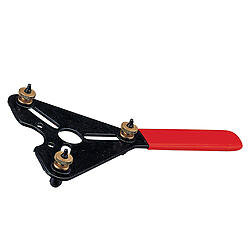oxnard111
Creative RE Purchasing
- Location
- so Cali, Ventura/Oxnard area
i've only been into yamahas for about 3 years, but I have never encountered a STOCK flywheel setup that utilizes a washer under the bolt. I've had my hands on about 20 yami engines in that time period.
Does your flywheel specifically call for the use of a washer?
Does your flywheel specifically call for the use of a washer?
Last edited:

